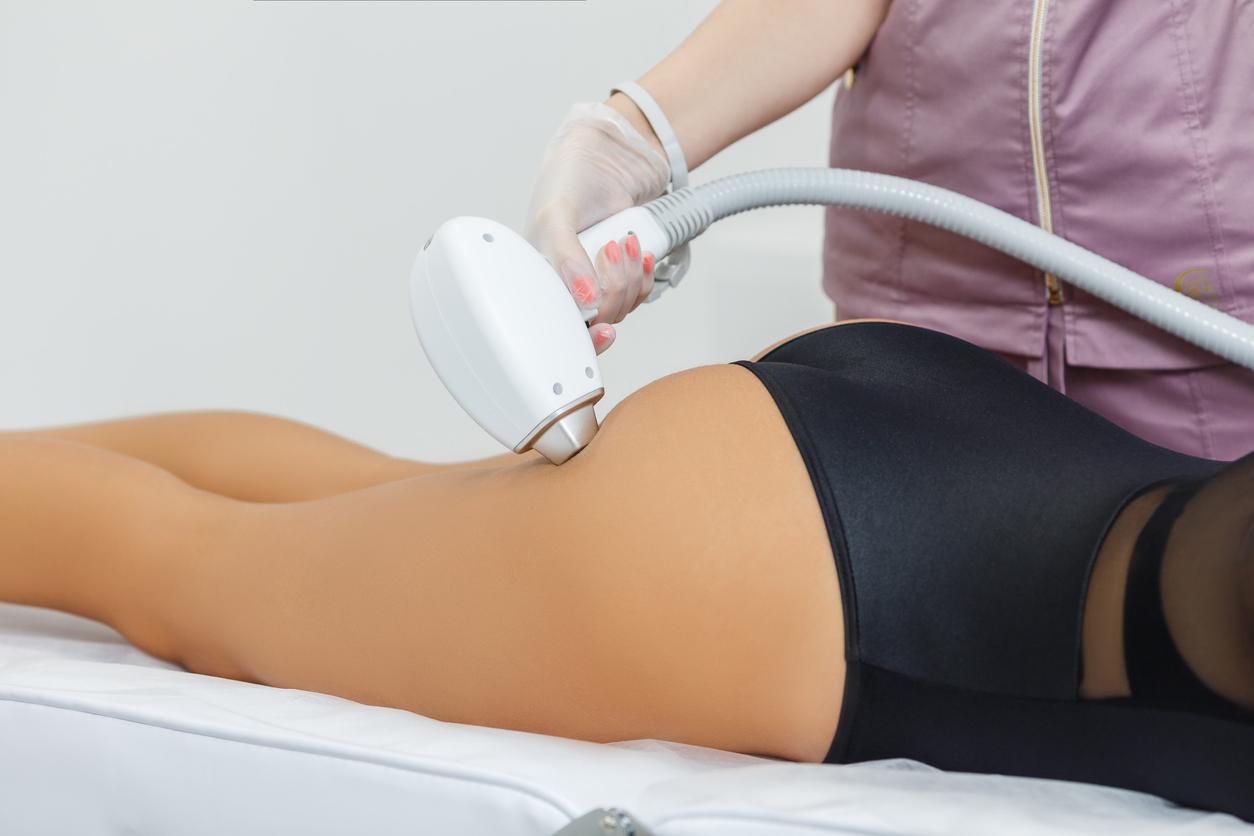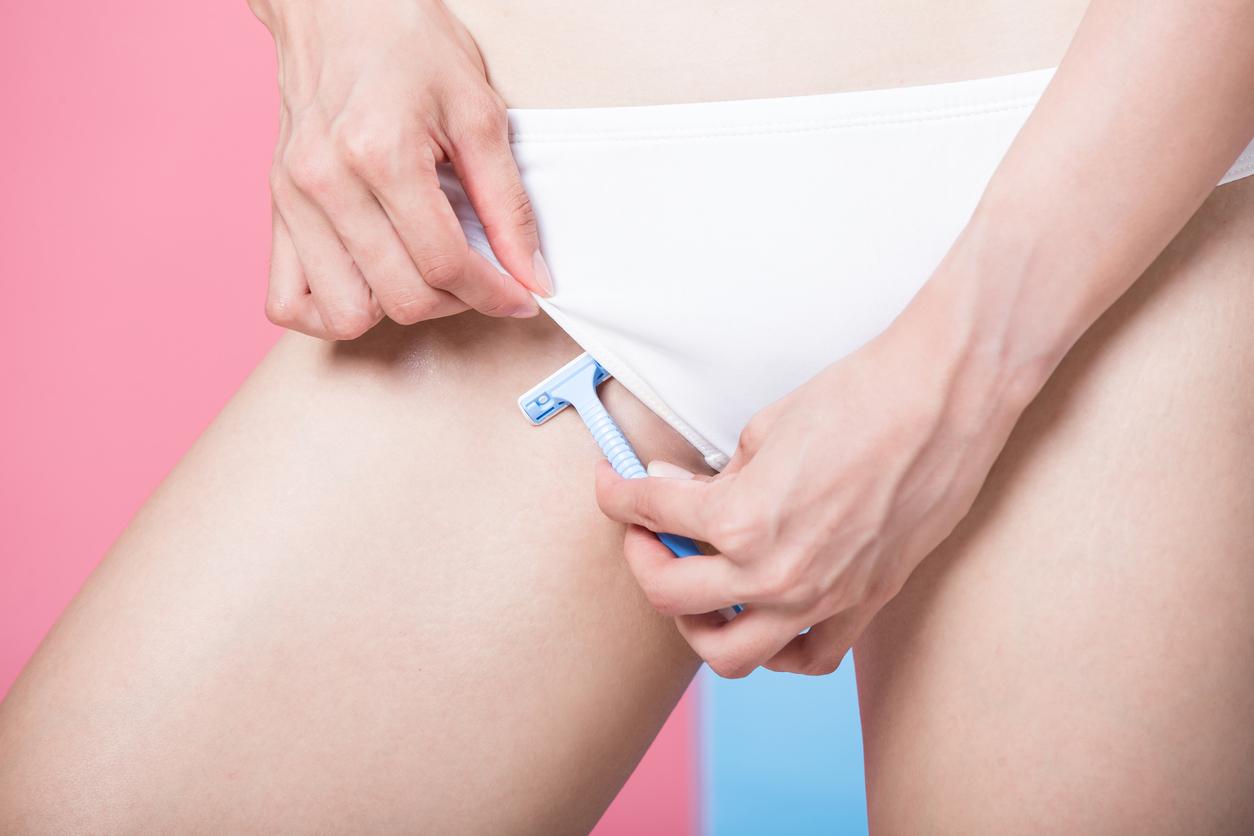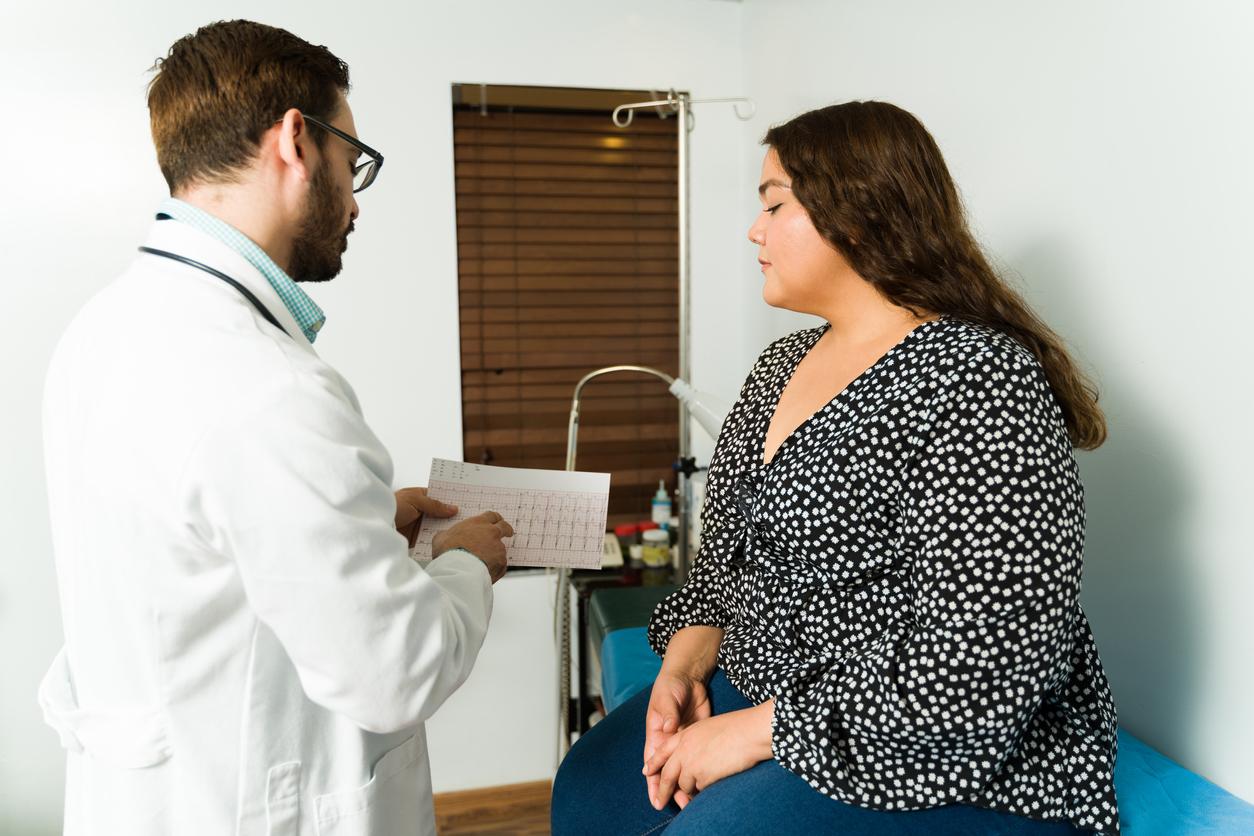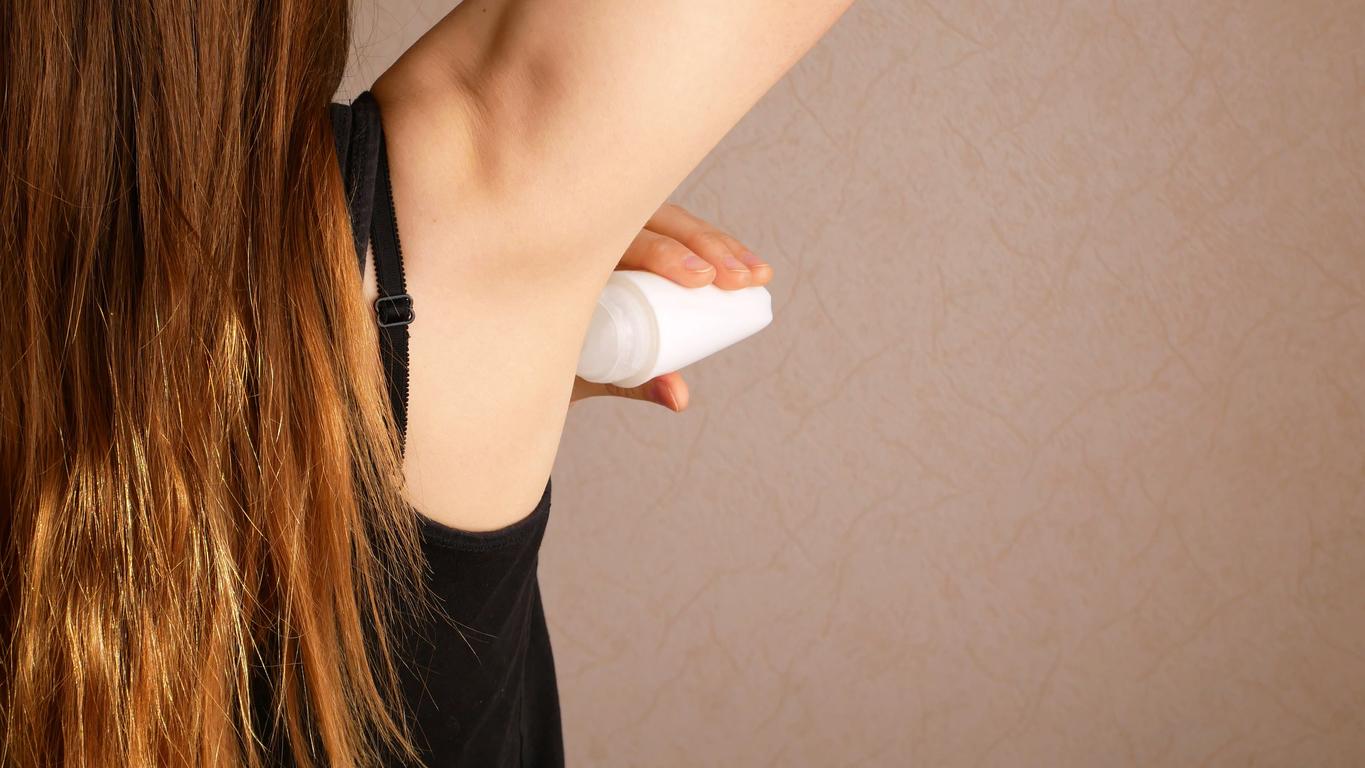Progressively permanent hair removal at the top of the buttocks fold can prevent the reappearance of a sacrococcygeal cyst.

- Pilonidal disease occurs when a hair grows in the skin of the upper part of the intergluteal fold and forms a cyst.
- In affected adolescents and young adults, recurrences contribute to high levels of psychosocial stress.
- Laser hair removal, in addition to standard care, has been shown to be effective in reducing the recurrence of a sacrococcygeal cyst.
Pilonidal disease, which affects 26 to 100 people in 100,000, is more common in adolescents and young adults. It occurs when cysts form between the buttocks due to a sedentary lifestyle or obesity. “Sometimes a hair causes irritation and grows into the skin, causing a cavity to form that may contain hair. This type of cavity is called a pilonidal cyst and usually forms at the top of the intergluteal groove,” noted the MSD Manual. If the cyst becomes infected, pain, redness, swelling, and sometimes pus may occur. In this case, patients must take antibiotics or undergo surgery.
Pilonidal disease recurs in nearly one in three cases
However, in general, the standard treatment for pilonidal disease involves removing the hair using a razor or cream, as well as following hygiene advice, such as washing the affected area . Problem: this pathology reappears approximately 33% of the time. These recurrences contribute to a high level of psychosocial stress in patients who often miss school or sports and may avoid social activities. To remedy this problem, some practitioners have started, in recent years, to use laser hair removal to prevent recurrence by ensuring longer lasting hair removal.
Is this technique, which aims to destroy the hair bulb, really effective in preventing the reappearance of a sacrococcygeal cyst? To find out, American scientists carried out a study published in the journal JAMA Surgery. As part of the work, they recruited 302 patients, aged 11 to 21, who had already been treated for pilonidal disease between 2017 and 2022. Half of the participants benefited from laser hair removal sessions and treatment standard. As for the rest of the volunteers, they only received traditional care.
Pilonidal disease: fewer recurrences after laser hair removal sessions
After one year, 10.4% of patients who received laser hair removal and standard treatment had experienced a recurrence, compared to 33.6% of patients in the group who received only standard treatment. There were no significant differences between the two groups in terms of complications, health-related quality of life, satisfaction with health care, or perceived stigma.
“These results provide additional evidence that laser hair removal is safe, well tolerated and should be available as an initial treatment option or as an add-on treatment modality for all eligible patients. (…) In adolescents who are care of a sensitive area of their body, there is some discomfort and embarrassment. Receiving this treatment in a medical setting, where professionals are sensitive to their experience, would be beneficial. If this procedure is supported , it will become widely available, allowing more equitable treatment for all patients with pilonidal disease. said Peter C. Minneci, author of the research, in a statement.















